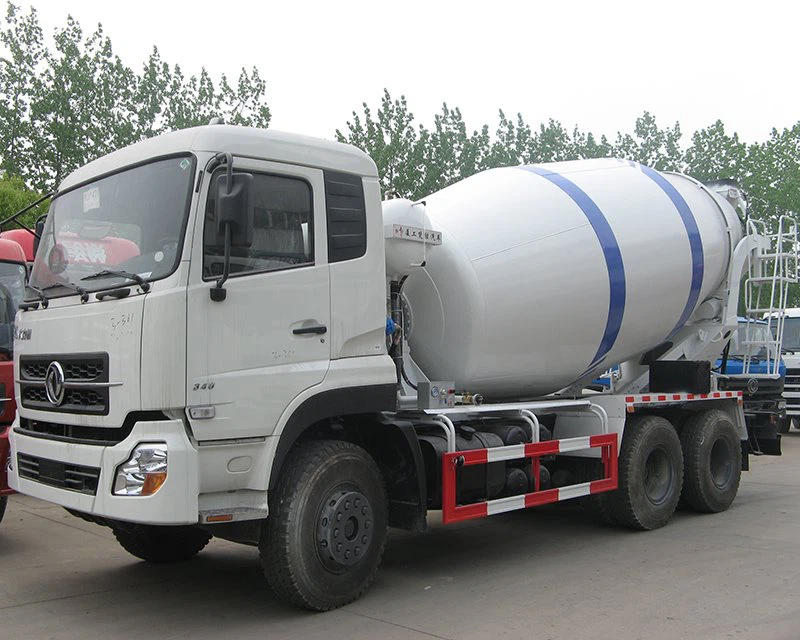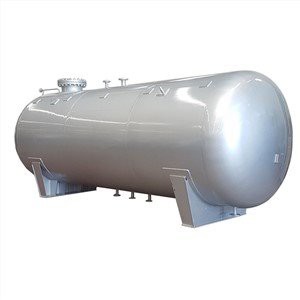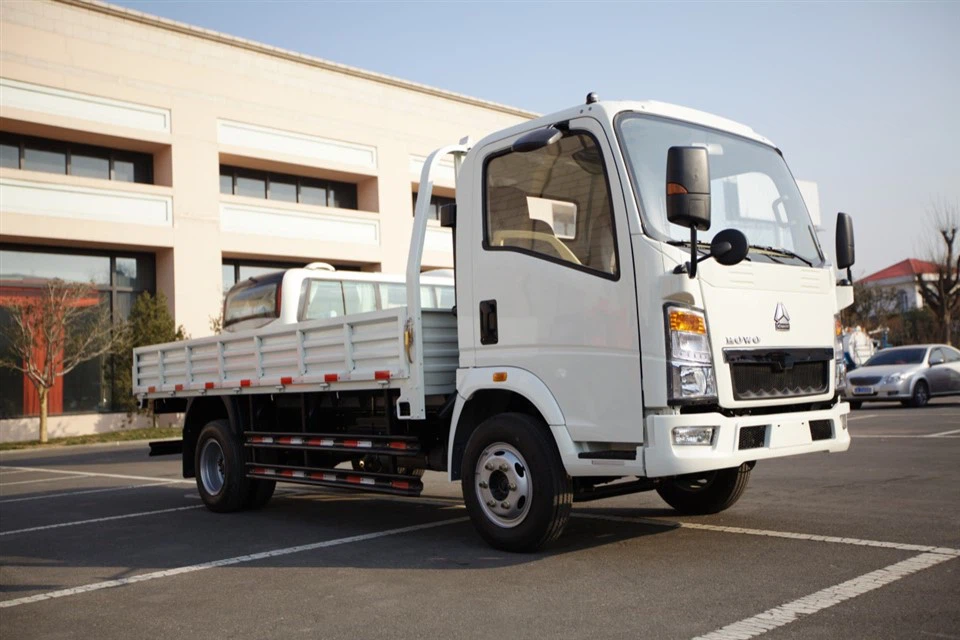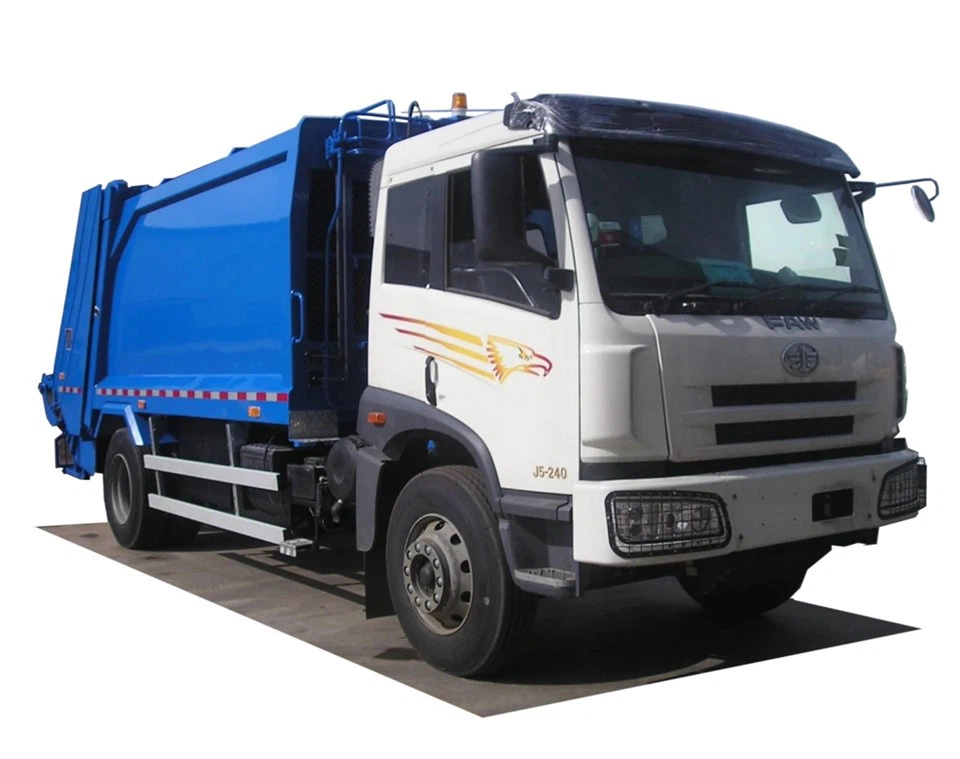Everything You Need to Know About Peterbilt COE Trucks

When discussing the heavy-duty truck market, few names are as revered as Peterbilt. This iconic brand has been synonymous with quality, durability, and innovation in the trucking industry for decades. One particular segment of Peterbilt’s offerings that stands out is the COE (Cab Over Engine) trucks. In this article, we will dive deep into Peterbilt COE trucks, exploring their history, unique features, popular models, maintenance tips, and much more.
Table of Contents
- 1. History of Peterbilt COE Trucks
- 2. Design Features of Peterbilt COE Trucks
- 3. Popular Peterbilt COE Truck Models
- 4. Benefits of Owning a Peterbilt COE Truck
- 5. Maintenance Tips for Peterbilt COE Trucks
- 6. Performance Upgrades for Peterbilt COE Trucks
- 7. Owner Testimonials and Experiences
- 8. The Future of Peterbilt COE Trucks
- 9. Frequently Asked Questions
1. History of Peterbilt COE Trucks
Peterbilt Motors Company was founded in 1939 and quickly established a strong foothold in the trucking industry. The introduction of COE trucks began in the 1950s, driven by the growing demand for more compact yet powerful vehicles that could maneuver city streets and tight job sites. COE trucks were designed with a cab that sat over the engine, allowing for shorter overall lengths. This made them a popular choice for regional and urban transportation.
2. Design Features of Peterbilt COE Trucks
Unique Cab Over Engine Layout
The most defining feature of COE trucks is their cab over engine layout. This design maximizes cargo space while improving maneuverability. Regardless of the load size, COE trucks can Tighter turns and easier navigation in city settings.
Durability and Strength
Peterbilt COE trucks are built to last. Constructed with high-grade materials and advanced engineering, these trucks can handle heavy loads and endure challenging conditions.
Comfort and Ergonomics
Driver comfort is a top priority in Peterbilt’s design. Customizable interiors, adjustable seating, climate control, and soundproofing all contribute to a more enjoyable driving experience.
Advanced Technology
Many Peterbilt COE models come equipped with cutting-edge technologies that enhance performance and safety, including GPS navigation, collision avoidance systems, and real-time vehicle diagnostics.
3. Popular Peterbilt COE Truck Models
Peterbilt 352
The Peterbilt 352 is one of the most classic examples of a COE truck. With its traditional styling and powerful engine options, it is a favorite among collectors and operators alike.
Peterbilt 357
The Peterbilt 357 is known for its rugged durability and versatile performance. It is often utilized in construction, refuse, and heavy-haul applications.
Peterbilt 389
Modern design meets powerful performance in the Peterbilt 389. Although it is technically not a COE, it has elements of COE trucks that appeal to those looking for a contemporary model with retro aesthetics.
Comparison Table: Popular Peterbilt COE Models
| Model | Engine Options | Common Applications | Year Introduced |
|---|---|---|---|
| Peterbilt 352 | CAT, Cummins | Freight, Long Haul | 1964 |
| Peterbilt 357 | CAT, PACCAR | Construction, Refuse | 1996 |
| Peterbilt 389 | Cummins, PACCAR MX-13 | Long Haul, Heavy Haul | 2006 |
4. Benefits of Owning a Peterbilt COE Truck
Superior Maneuverability
COE trucks excel in urban and crowded environments, making them ideal for applications requiring tight navigation.
Increased Visibility
With a cab positioned over the engine, drivers enjoy a heightened line of sight. This feature improves safety and reduces blind spots.
Space for Customization
Many operators turn their COE trucks into unique machines with custom builds, tailored to their specific needs and preferences.
Lower Operational Costs
In general, COE trucks are lighter than conventional models, which can lead to improved fuel efficiency and lower wear and tear on components.
5. Maintenance Tips for Peterbilt COE Trucks
Regular Inspections
Routine inspections are crucial for the longevity of any truck. Pay attention to engine fluids, tire pressures, and brakes.
Schedule Professional Servicing

While some maintenance can be performed in-house, having a professional inspect and service your truck regularly can help identify small issues before they become major problems.
Keep it Clean
Regular washing and waxing can prevent rust and keep exterior finishes looking new. Don’t forget about the undercarriage, as dirt and grime can accumulate over time.
Document Maintenance Routines
Keeping thorough records of maintenance schedules can help track expenses and provide insight for future purchases or repairs.
6. Performance Upgrades for Peterbilt COE Trucks
Engine Upgrades
Consider enhancing the existing engine with performance chips or cold air intakes for increased horsepower and torque.
Transmission Enhancements
Upgrading to a high-performance transmission can improve shifting and overall responsiveness, contributing to a better driving experience.
Suspension Systems

Installing air ride systems can enhance driver comfort and reduce wear on the truck’s components by softening the ride.
7. Owner Testimonials and Experiences
Peterbilt COE truck owners often rave about the durability and performance of their vehicles. One owner mentions, “My Peterbilt 357 has been my most reliable investment; it handles incredibly well in the city and I’ve never had any significant issues.” Another operator suggests, “Investing in performance upgrades turned my COE into a beast on the road!”
8. The Future of Peterbilt COE Trucks
With advancements in technology and sustainable practices, the future of Peterbilt COE trucks looks promising. The integration of electric powertrains and advanced driver-assistance systems can enhance performance while prioritizing safety and environmental responsibility. As regulation increases for efficiency and emissions, Peterbilt is likely to continue innovating within the COE segment.
9. Frequently Asked Questions
What is a COE truck?
A COE (Cab Over Engine) truck is designed with the driver’s cab positioned over the engine instead of in front of it, which helps to maximize cargo space.
What are the advantages of Peterbilt COE trucks?
Key advantages include superior maneuverability, increased visibility, lower operational costs, and space for customization.
Are Peterbilt COE trucks suitable for long-haul trucking?
Yes, many Peterbilt COE trucks can be equipped for long-haul trucking, especially models like the 352 and 389, which offer both power and comfort.
How often should I maintain my Peterbilt COE truck?

Routine inspections should be performed regularly, with professional servicing recommended every 6-12 months depending on usage patterns.
What performance upgrades are available for Peterbilt COE trucks?
Common upgrades include engine chips, transmission enhancements, and advanced suspension systems that improve driving experience and truck responsiveness.
Where can I find parts for my Peterbilt COE truck?
Parts for Peterbilt COE trucks can be found through authorized Peterbilt dealers, aftermarket suppliers, and online marketplaces specializing in heavy-duty truck parts.
